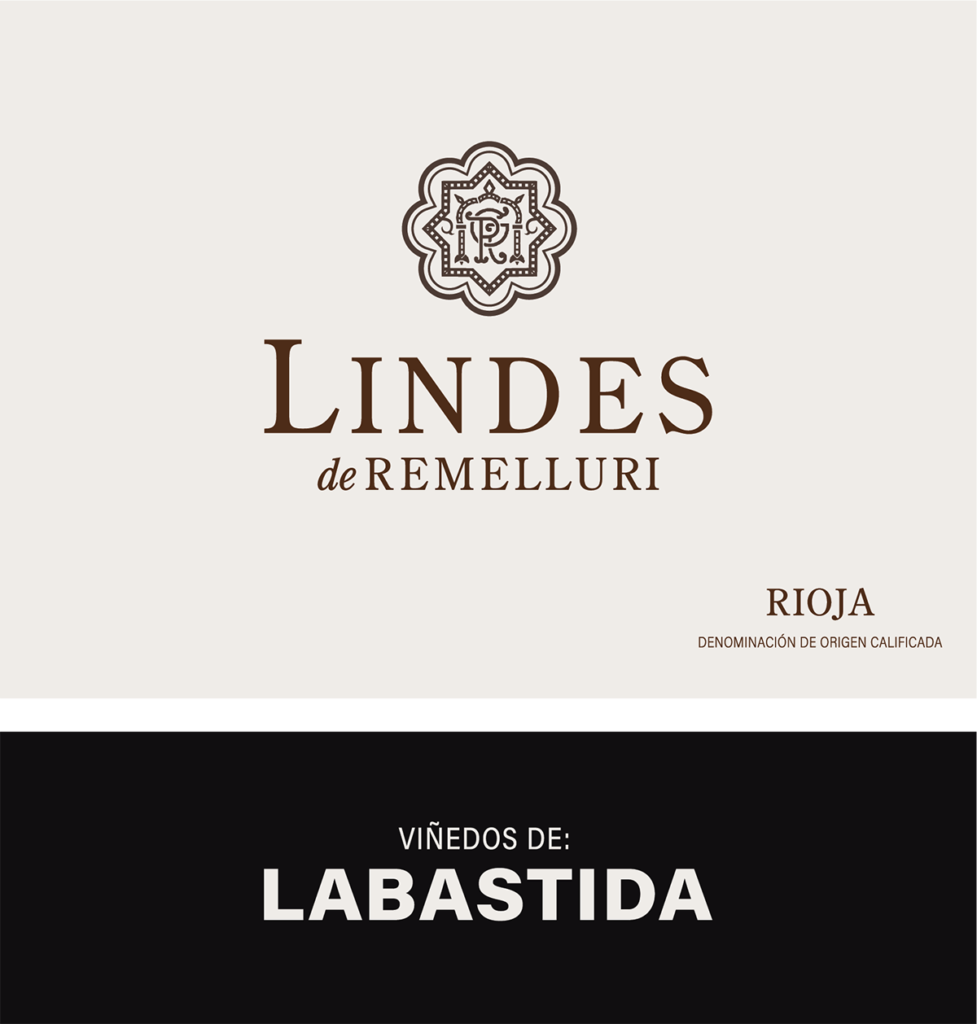Lindes de Remelluri Viñedos de Labastida 2020
Lindes de Remelluri Viñedos de Labastida 2020
Lindes de Remelluri (Borders of Remelluri) is the result of a visionary and broadly representative social initiative at Remelluri to emphasize the identity and prestige of the village-specific wines of Rioja. Lindes de Remelluri is a social and economic project rooted in collaboration with trusted grower-partners from villages near the Granja Remelluri property with the goal of improving their surroundings and communities by encouraging consumers to ask one question: Where does your Rioja wine come from?
With Lindes de Remelluri, Telmo Rodríguez seeks to evolve the dialogue regarding the future of the Rioja region from one of aging methods, grape varieties, and blends (wines made in the cellar) to a conversation focused on villages, sites, terroir, and responsible economic and ecological vineyard stewardship (wines made in the vineyard). The growers for Lindes utilize ancestral farming techniques, which include organic, biodynamic, and regenerative vineyard practices.
Labastida is an ancient settlement dating back to Neolithic times that subsequently became a key fortified medieval town. Labastida is the most important wine village in Rioja, playing a pivotal historic role in the development of regional viticulture. The first archeological records of winemaking in the region lie in the mountain vineyards of Labastida in ancient stone lagars carved out of vineyard boulders. In modern times, Labastida resident Manuel Quintano (1756-1818) was the first winemaker to introduce the Bordeaux winemaking style to Rioja.
The highest-elevation vineyards in Rioja are located in Labastida, consisting mostly of south-facing small plots in the foothills of the Sierra de Toloño mountains, which protect them from the cold and humidity of the Cantabrian Sea to the north. Located at the northern end of the Basque Rioja Alavesa sub-appellation on the left bank of the Ebro River, Labastida is influenced by the cool Atlantic climate, providing substantial seasonal and diurnal shifts in temperature, with typically warm, dry summers. Harvest often takes place in late September and early October.
Lindes Viñedos de Labastida is a selection of 15.4 ha divided between eight growers and 28 small plots, which express the peculiarities of this municipality, the birthplace of many of the most important wines in the history of Rioja. The vineyards range in altitude from 440m to 710m, offering a gorgeously perfumed expression of tempranillo. The cooler, rockier, and higher elevation sites in Labastida produce a wine lower in alcohol but higher in acidity and tannins than that of neighboring San Vicente de la Sonsierra.
Vinification – In the cellar, rather than using winemaking and technique to transform the wines, they aim for consistency across the range to guide each expression to reach the full potential of the place. Telmo describes the Lindes winemaking as a “winery in the back, village in the front.” Grapes for Lindes are hand-harvested in small crates and spontaneously fermented with native yeasts in stainless steel. The wine undergoes spontaneous malolactic fermentation and is aged 12 months in oak barrels of various provenance, size, and age.


